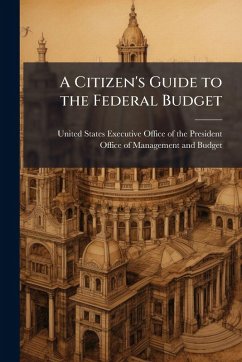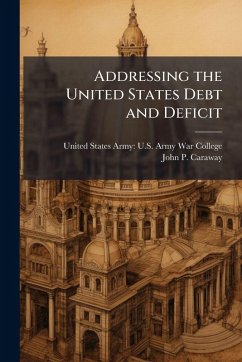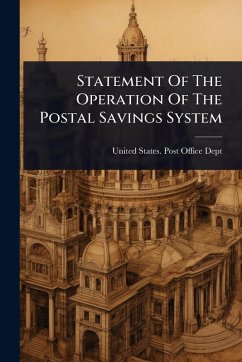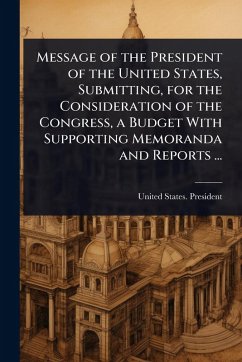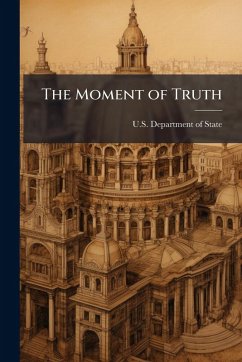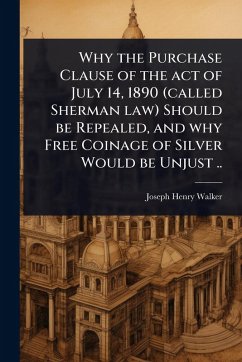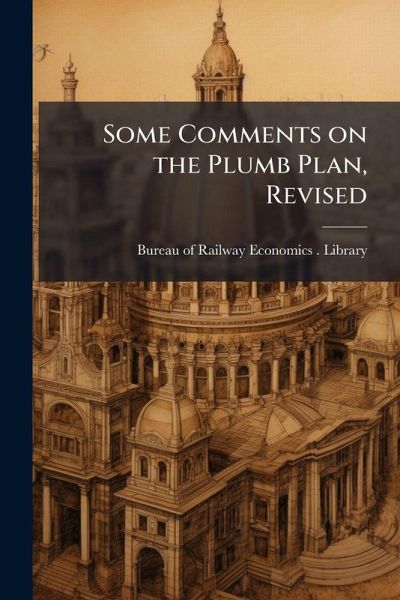
Some Comments on the Plumb Plan, Revised
Versandkostenfrei!
Versandfertig in über 4 Wochen
14,99 €
inkl. MwSt.

PAYBACK Punkte
7 °P sammeln!
Some Comments on the Plumb Plan, Revised, originally published in 1919, offers a detailed analysis of a significant proposal for the nationalization of railroads in the United States. Authored by the Bureau of Railway Economics (Washington, D.C.). Library, this document provides contemporary insights into the debates surrounding public ownership and control of essential industries in the post-World War I era. The "Plumb Plan" aimed to reorganize the railroad system under a tripartite management structure involving representatives of the public, management, and labor. This revised edition of th...
Some Comments on the Plumb Plan, Revised, originally published in 1919, offers a detailed analysis of a significant proposal for the nationalization of railroads in the United States. Authored by the Bureau of Railway Economics (Washington, D.C.). Library, this document provides contemporary insights into the debates surrounding public ownership and control of essential industries in the post-World War I era. The "Plumb Plan" aimed to reorganize the railroad system under a tripartite management structure involving representatives of the public, management, and labor. This revised edition of the comments offers a critical evaluation of the plan's economic and practical implications. It is a valuable resource for understanding the complexities of early 20th-century American economic thought and the ongoing tensions between private enterprise and government intervention. Scholars of economic history, labor relations, and U.S. political history will find this work an illuminating primary source. This work has been selected by scholars as being culturally important, and is part of the knowledge base of civilization as we know it. This work was reproduced from the original artifact, and remains as true to the original work as possible. Therefore, you will see the original copyright references, library stamps (as most of these works have been housed in our most important libraries around the world), and other notations in the work. This work is in the public domain in the United States of America, and possibly other nations. Within the United States, you may freely copy and distribute this work, as no entity (individual or corporate) has a copyright on the body of the work. As a reproduction of a historical artifact, this work may contain missing or blurred pages, poor pictures, errant marks, etc. Scholars believe, and we concur, that this work is important enough to be preserved, reproduced, and made generally available to the public. We appreciate your support of the preservation process, and thank you for being an important part of keeping this knowledge alive and relevant.




